When I shared my experiences with the Moto 360 and RunKeeper, my biggest frustration was that the valuable fitness data that was being collected by the device wasn’t actually going anywhere, and instead lived only on the device itself in the form of a card that gave me my daily step totals, and a notification that I’d hit my daily heart rate goal. At the time, I figured Google Fit was the solution to this data-siloing. Fortunately, it appears I was correct – Google Fit can, in fact, download data from my Moto 360. Unfortunately, it doesn’t appear to do much else of value.
So what is Google Fit? That’s…actually a frustratingly difficult question to answer. Ideally, it’s supposed to be a silo for all your fitness data – so the data gathered by my Moto 360 and RunKeeper could live in the same place as data gathered by my FitBit and Withings scale, all of that coming together in a glorious data-gasm that would, in theory, paint a fairly accurate picture of my personal activity. Looking at their announcement, they claim:
You can also connect your favorite fitness devices and apps like Strava, Withings, Runtastic, Runkeeper and Noom Coach to Google Fit and we’ll surface all of the relevant data in one spot, giving you a clear and complete view of your fitness. No need to check one app to see your weight and another to review a run – with Google Fit, that data will all be surfaced in one, simple place.
Great, awesome, let’s do this thing. What services are currently available?

Oh, good, a list of Fit-friendly apps. Let me just click on that link, and…

…what the fuck? When I first saw this, I ignored it as launch day hiccup, but as I sit writing this two days later, all I can think is…what the fuck? I imagine no Google Fit-compatible apps are available just yet, but there’s still no reason to link to a dead page. That shit is amateur hour.
So, unfortunately, at this point, all Google Fit really seems to do is gather data from my 360 and sync it to the web. Poorly.
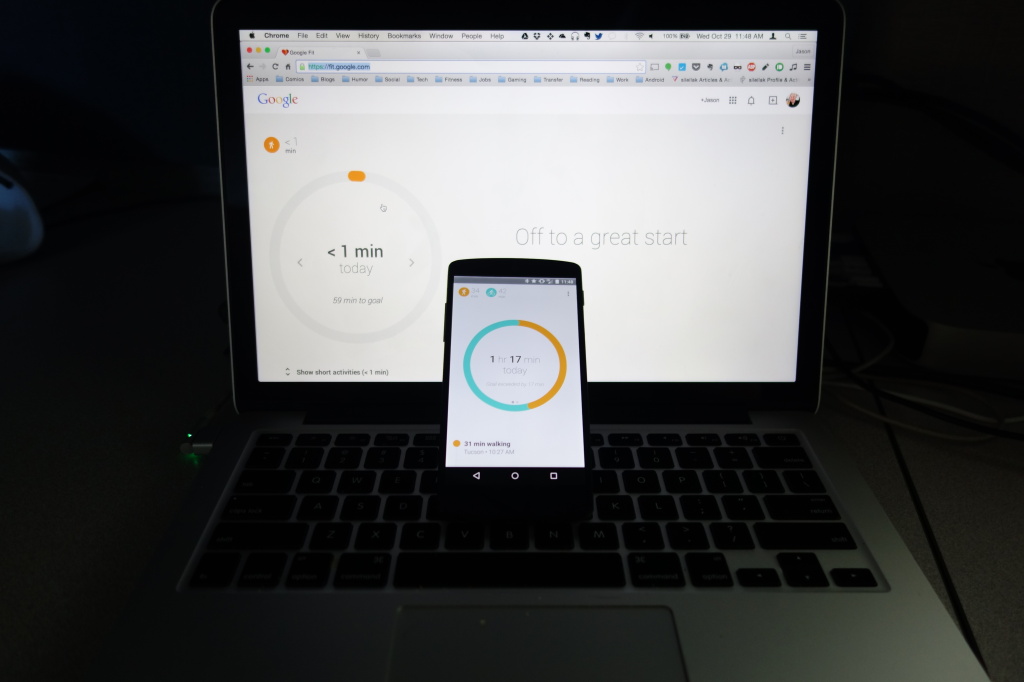
Yesterday: So close, but so far. Wait, nope, not close at all.
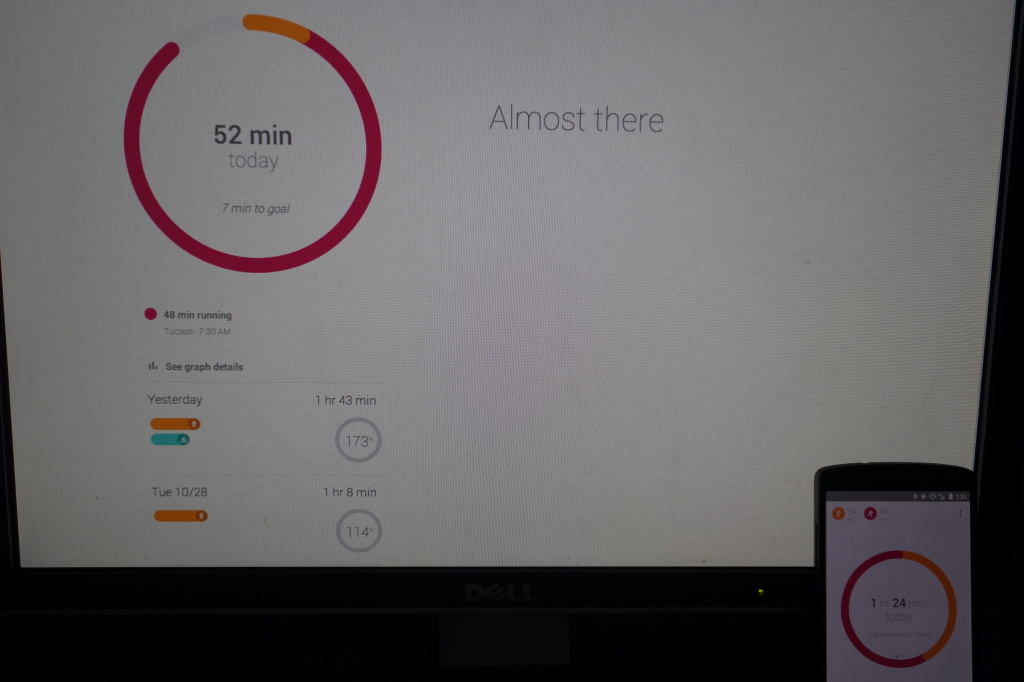
Today: Better, but still pretty terrible for a modern web service.
Perhaps I’m coming across as overly harsh here, but it’s important to remember that this isn’t a start-up company with their first fitness product, this is Google, and web services are kind of their whole thing. There’s absolutely no reason for my phone app and the website to be so outrageously out of sync.
The good news: my Nexus 5 and Moto 360 get along great. The Steps card has been replaced with more health info, as seen here:


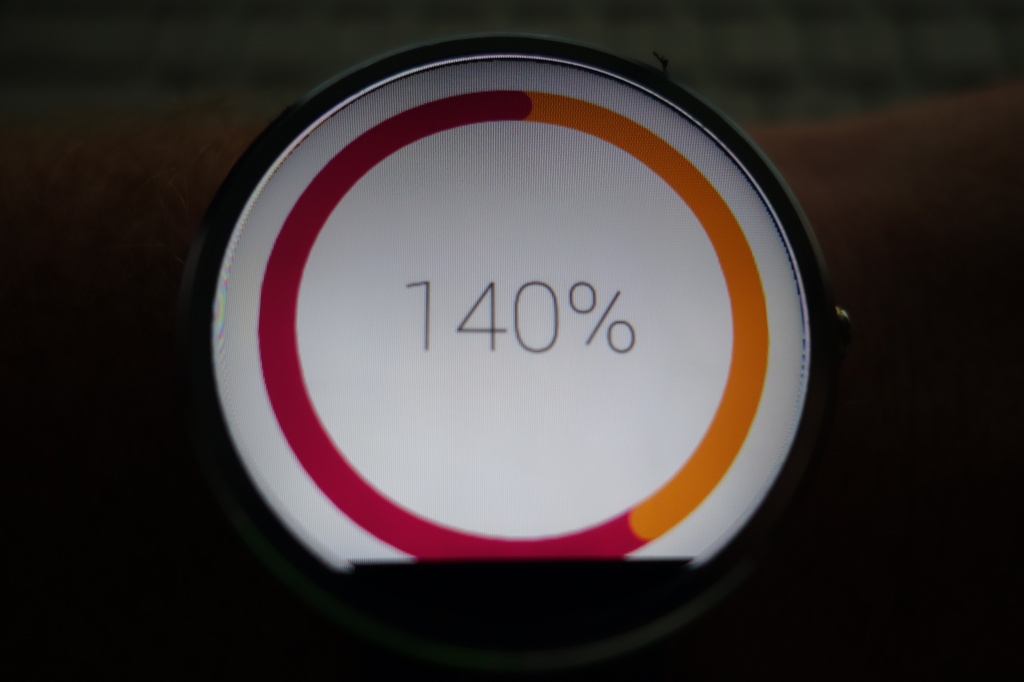
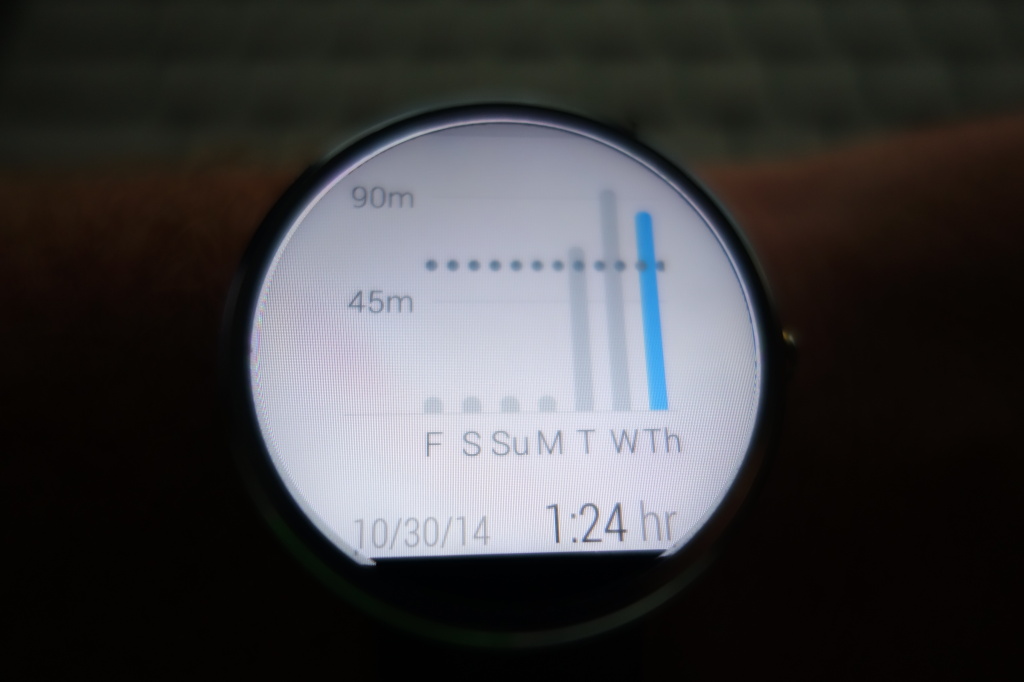
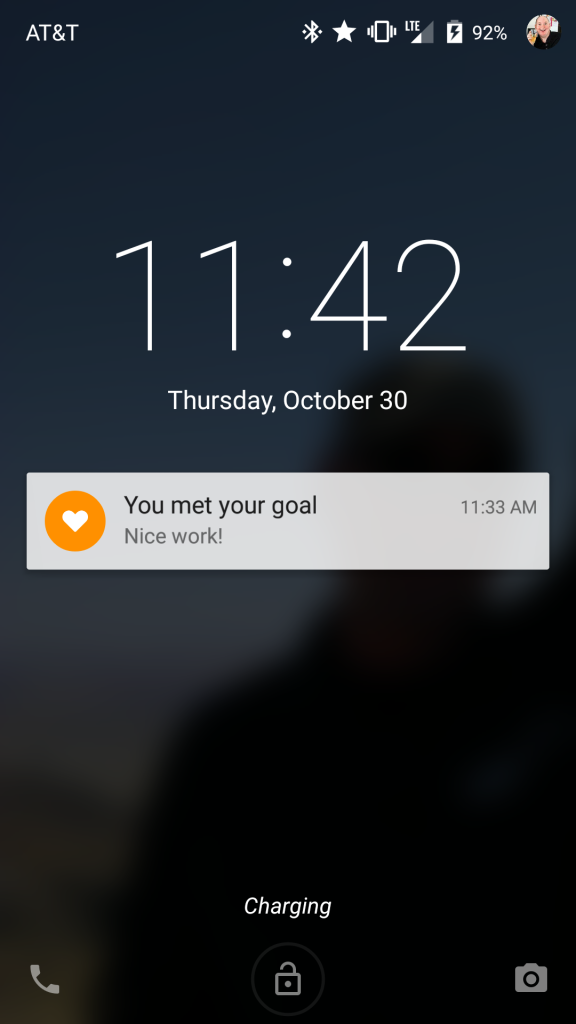
Nothing to complain about here, and as I’ve mentioned before, I continue to be impressed by the fact that the Moto 360 (and thus Google Fit) can track bike rides and runs, something my FitBit can only do if I wear it at the bottom of my bike shorts, near the knee. I believe it’s forward-motion based, however, which means it doesn’t work on my stationary bike, and I’ve heard reports of people driving incredibly slow in traffic and having Google Fit log that as cycling minutes. Whoops.
Unfortunately, that’s about where the positive section ends. I mentioned running and bike rides…and those are two of the three activities Google Fit can track, the third being walking. That’s it – even if you add an activity manually:

Yup, that’s all anyone ever does! No other type of workout is possible.
It probably goes without saying at this point, but by-far the biggest problem with Google Fit is that it just doesn’t do anything of value. It asks for my height and weight, but doesn’t give me any sort of calorie burn. It lets me manually enter activities, but I better hope I didn’t go hiking or swimming. I can view charts, but those charts provide me very little of value:
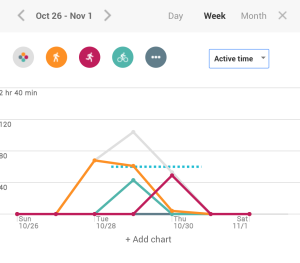
What value does that data have? Why does this chart even exist?
Compare it to the charts I get from FitBit’s website:
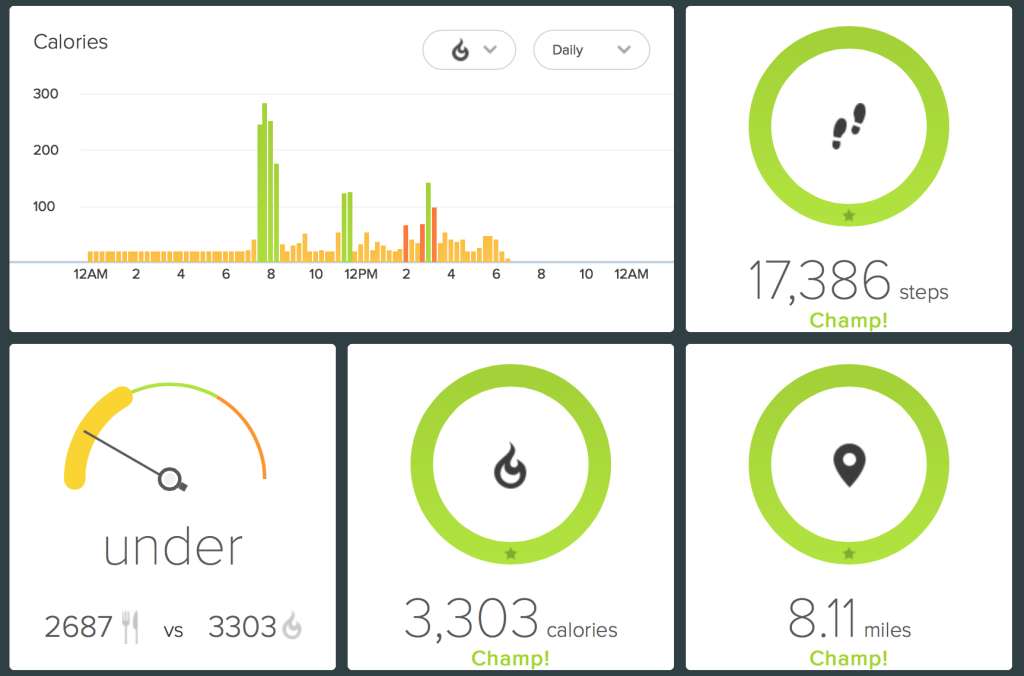
Holy shit! Useful data! Literally every one of these is more useful than what Google Fit tried to stuff into their single graph.
The only thing I can think of is that this was rushed out the door to go along with the Android 5.0 release, but there’s still no excuse for such a low-quality, barebones product from a company like Google. The fact that none of the partner apps are even ready just underscores the lack of care and polish in this release.
It’s not that Google hasn’t stumbled before, but usually they at least bring something new and exciting to the table. Android Wear is still basically beta software, but it also does things other wearable software doesn’t, and it has so much potential. Meanwhile, Google Fit, at least inn its current form, seems to exist just for the sake of existing, and that’s not enough in a world with Apple HealthKit and, more recently, Microsoft Health. Health, in particular, seems to basically be everything Google Fit should be, but somehow isn’t:
Microsoft Health is a cloud-based service that helps you live healthier by providing actionable insights based on data gathered from the fitness devices and apps that you use every day. Activity-tracking devices like the new Microsoft Band, smart watches, and mobile phones plus services like RunKeeper or MyFitnessPal connect easily to Microsoft Health. Using this fitness data and our Intelligence Engine in the cloud, Microsoft Health provides valuable, personal insights so you can reach your fitness goals.
…
Microsoft Health is designed to work with you, no matter what phone you have, device you wear, or service you use. The power of the cloud platform lies in its ability to combine the data from all the devices and services you use to give you a more holistic and insightful picture of your fitness.
Google Fit’s only real use for me is that it interfaces with Android Wear, and now, it looks like Microsoft Health might do that, too. There’s absolutely no reason that Google Fit couldn’t have been this, but Microsoft has beaten them to the punch in a dramatic way.
I know Google can do better than this, and that’s perhaps why this frustrates me so much. It’s not that they did their best, strived for something new and exciting, and then failed – that, at least, would have been an admirable failure. Instead, Google has done something I’ve never seen them do – release a product with almost no potential value to my life, and while I acknowledge that it will almost certainly get better in the next year, as they add more functionality and more partner apps come onboard, that’s no excuse for releasing it in the state it’s in today.













